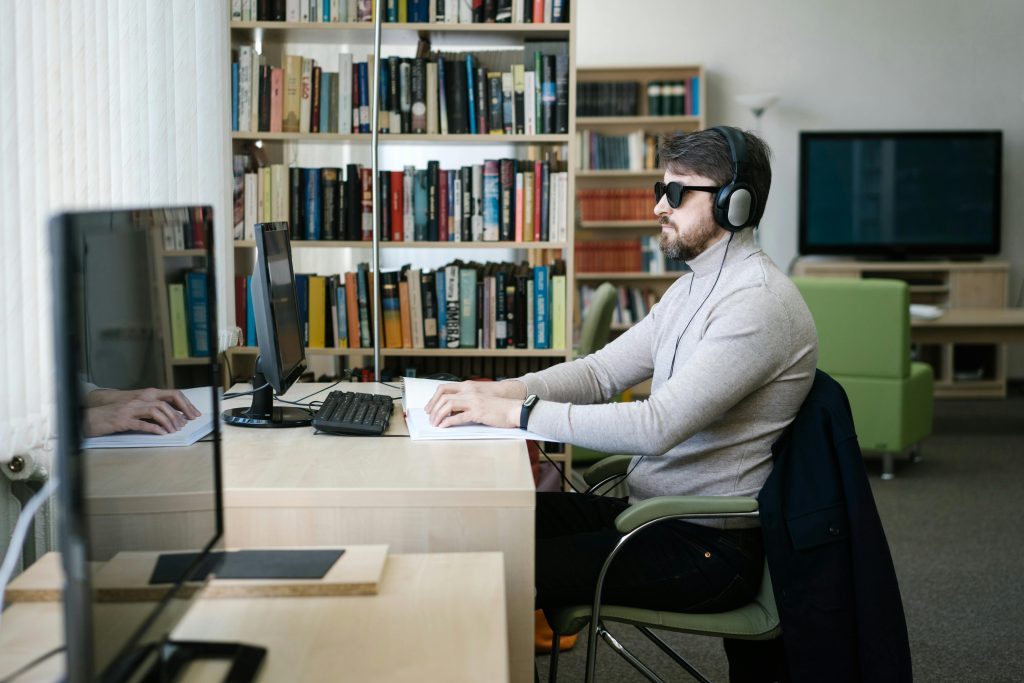Seeking Guidance: Troubleshooting a New Storage Installation
Hello, fellow tech enthusiasts!
I hope this post finds you well. I recently embarked on a project to upgrade my system by replacing my old storage device with a brand new one. Excited to see the performance enhancements, I eagerly connected the new storage, only to encounter an unexpected issue when I attempted to boot up my device.
Sadly, instead of the smooth startup I anticipated, I faced a frustrating setback. This situation has me feeling somewhat overwhelmed, as I’m still navigating the complexities of hardware replacements.
If any of you have experience with similar scenarios or can offer assistance, I would greatly appreciate your insights. Your expertise could make a significant difference as I work through this challenge. Thank you in advance for any guidance you might share!
Warm regards,
A Fellow Tech Enthusiast
Share this content:




Help with New Storage Device: Troubleshooting Steps
Hi there, and welcome to the world of storage upgrades! It’s common to run into boot issues after installing new storage, but don’t worry—most problems can be resolved with some systematic troubleshooting.